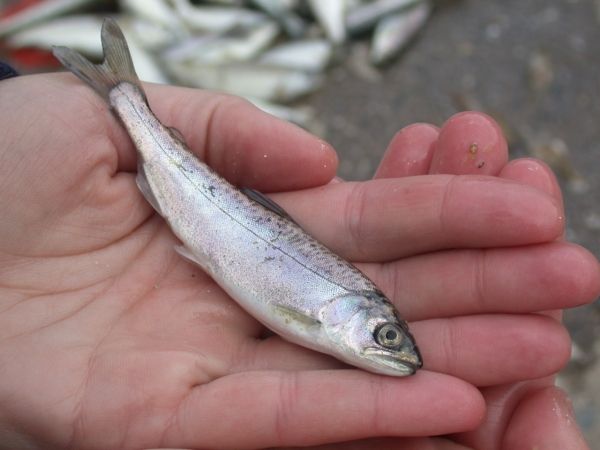The manipulation of rivers in California is jeopardizing the resilience of native Chinook salmon. It compresses their migration timing to the point that they crowd their habitats. They may miss the best window for entering the ocean and growing into adults, new research shows.
The good news is that even small steps to improve their access to habitat and restore natural flows could boost their survival.
The curtailment of high winter river flows by dams means that they no longer provide the cue for the smallest fish to begin their migration to the ocean. The loss of wetlands in the Sacramento-San Joaquin Delta leaves little of the refuge habitat they need to grow along the way. Meanwhile later-migrating fish suffer from rising summer temperatures that reduce their survival even though they migrate at a larger size.
Fish that begin their migration in mid-spring are the ones that survive best and dominate adult salmon returns to rivers such as the Stanislaus. These results were cited in a study published this week in Global Change Biology. Flow alteration and habitat loss have in effect homogenized the survival opportunities of salmon in this highly managed river system, researchers wrote.
Continue reading at NOAA Fisheries
Image via NOAA Fisheries


